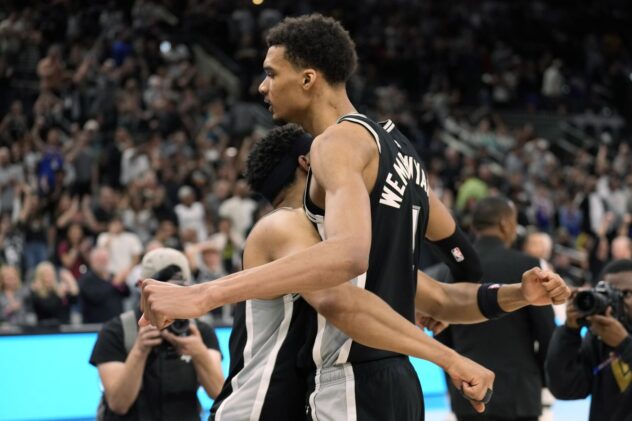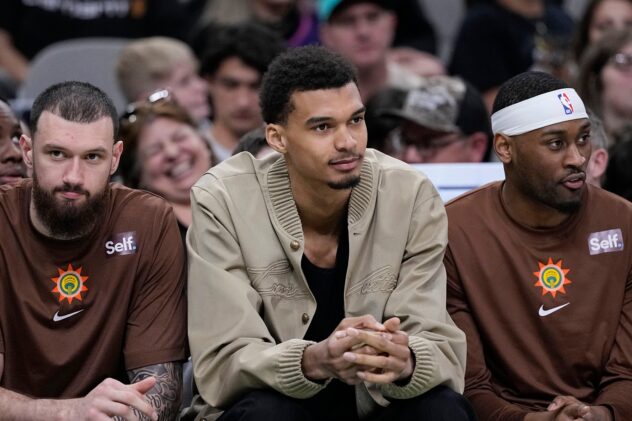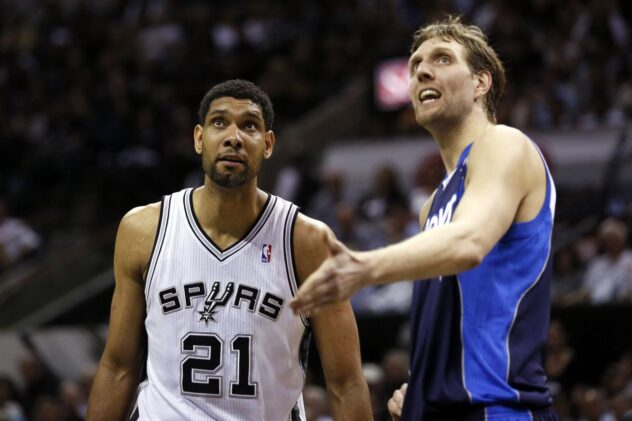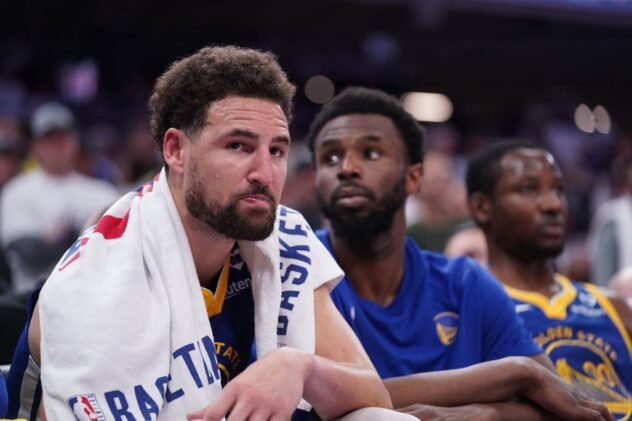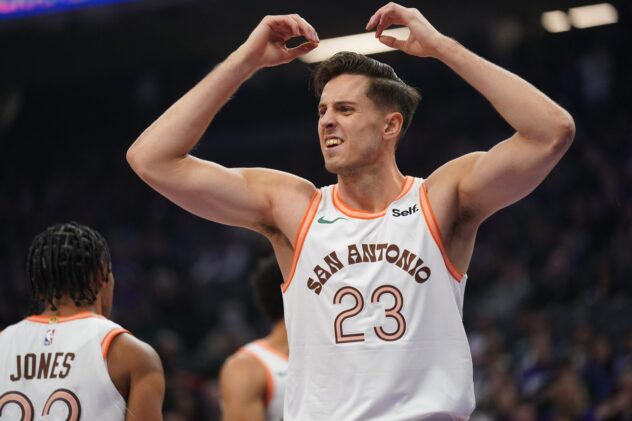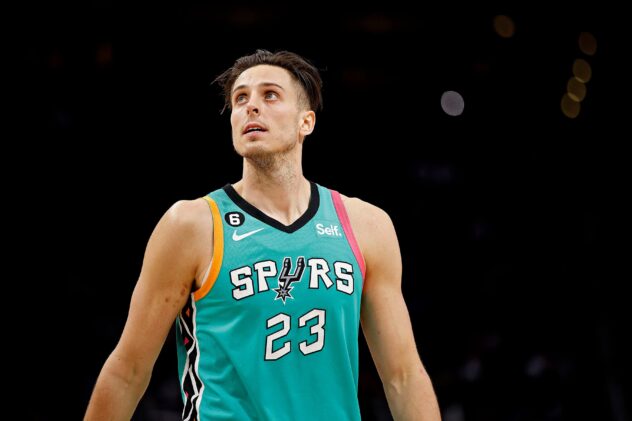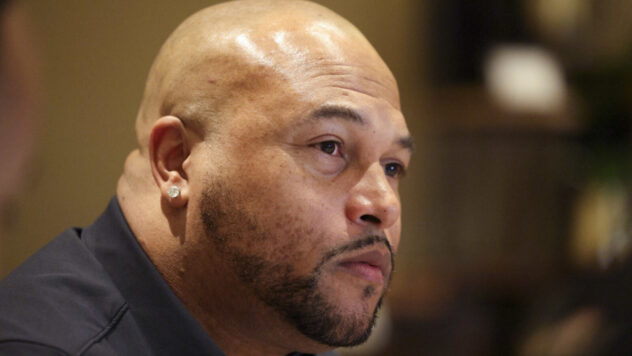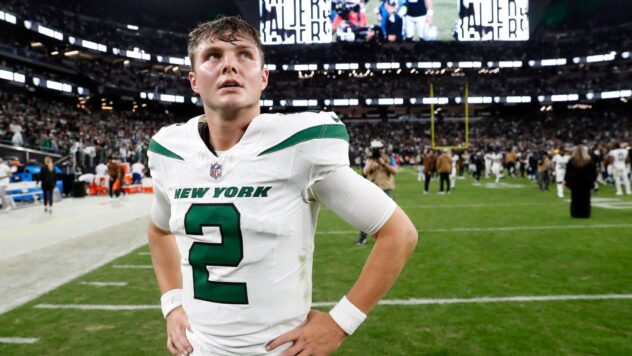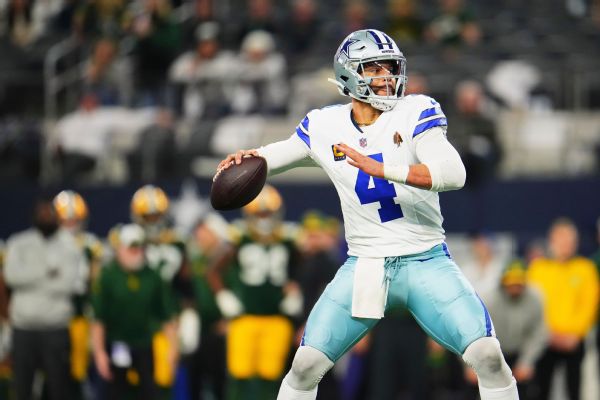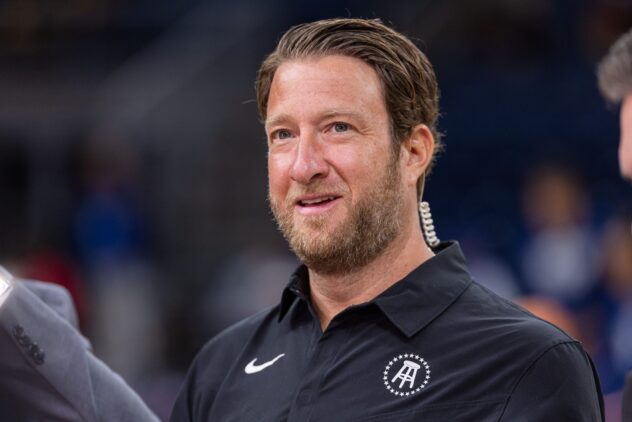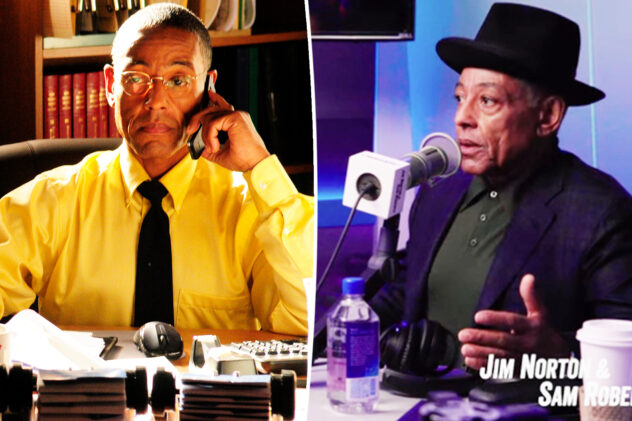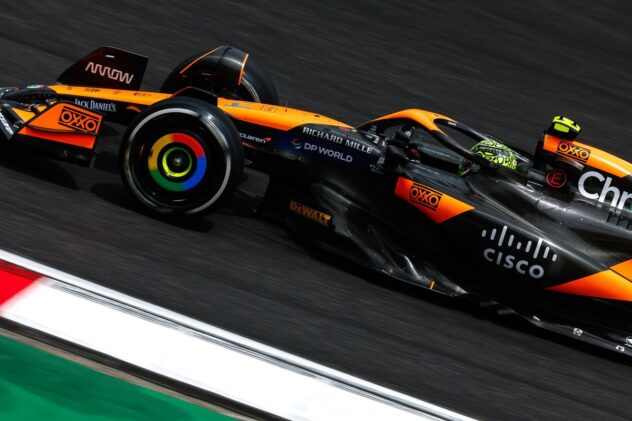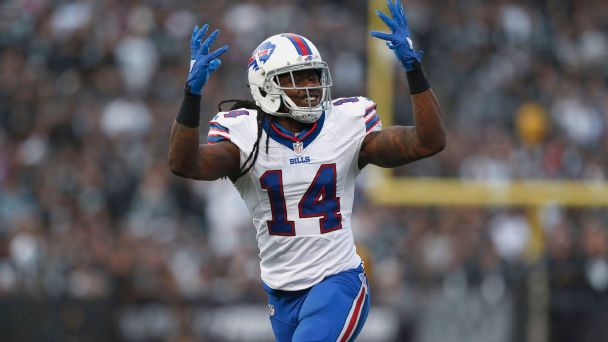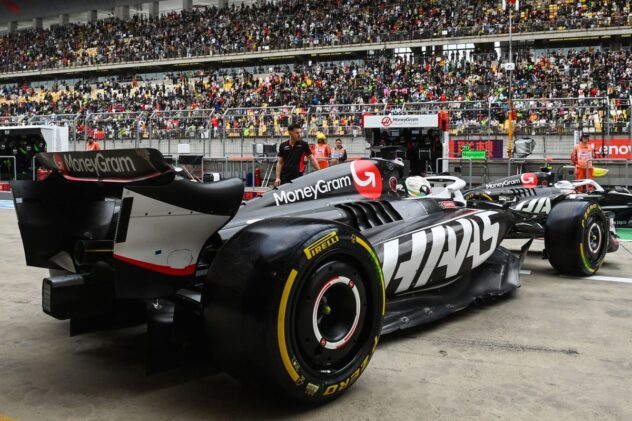The Rise and Rise of Dejounte Murray: offense edition
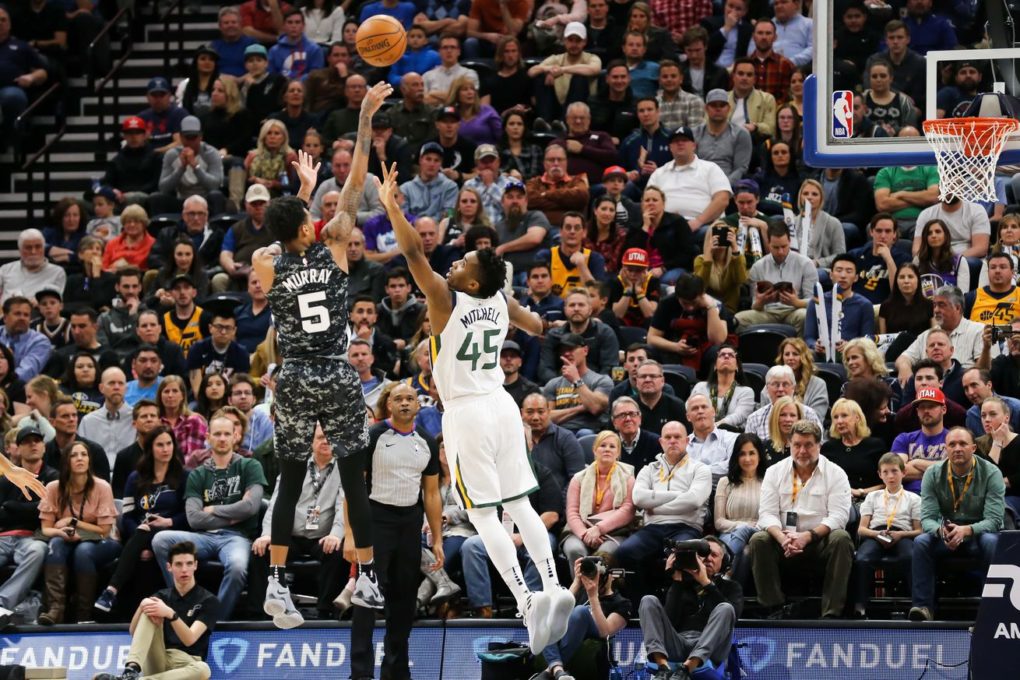
DJ’s jump shot is coming along.
While watching the Spurs visit the Pepsi Center on February 13th, I was taken aback by an on-court development I was not anticipating: Dejounte Murray was making jumpers, and it looked pretty nice. Right before our eyes, Baby Boy was growing up.
Upon entering the league, observers were keen to point out the kinks in Murray’s game: he had a busted jumper, he wasn’t a traditional floor general, his defense was suspect, his team wasn’t very good in college, and he was only 19.
He was labeled a raw youngster, perhaps even an unconventional pick for a Spurs team known to bring professionals on board. But the basketball community remained high on his potential: If he ever figured out his jump shot, the conventional wisdom went, he had a chance to be something special.
Like Bruce Bowen, Tony Parker and Kawhi Leonard before him, Murray’s jumper has undergone a dramatic transformation in both the mechanics and the results since coming to San Antonio. Consider it no longer busted, consider his ceiling raised.
Upon entering the league, Murray’s jumper looked a little off-balance. His offhand was occasionally in different spots on the ball and he usually looked more comfortable launching a floater near the free throw line than he was pulling up for a regular jumper. He now has a consistent form and seems to do a better job of picking and choosing when a floater would be best. It’s true that he looks a bit robotic shooting off the dribble, but that should smooth out with reps.
Despite the loss, that pre-All-Star-Break Nuggets game was perhaps the most encouraging point of the year for those worried about DJ’s ability to grow into his potential. As he has gained confidence in his ability to start a professional basketball game, Murray has become comfortable shooting the ball from the midrange as well.
At 6-5, Murray has a real chance to develop into a complete nightmare for opposing squads. His elite length and quickness already bother players he matches up with. Should he become a truly confident shooter, few players at his position will have the size or length to bother him as he rises to shoot. Leonard’s ability to mesh physical tools and skill altered the future of the franchise, and DJ could have a chance to do the same, should he continue to improve.
Much like Parker before him, Murray will have to consistently prove himself as a shooter before defenses change how they match up. 17 years into his career, Parker still occasionally sees defenders going under screens as he curls into the lane. Despite the considerable improvement DJ has shown in just in a short time, his development as a knockdown jump shooter that the league has to respect will be a work of years, not months.
It may take time before we see DJ knocking down pullup jumpers against elite defenses in the playoffs, too. Teams are still figuring him out, and as he shows out during the regular season, it’s possible that come playoff time, dialed in defenses will squash any space he might have below the three-point line. But we’ll really worry about that later.
It has long been abundantly clear that Spurs Assistant Coach Chip Engelland can work wonders with a player’s shooting, but the rapid change in Murray’s jump shot is among his most impressive. How often does a player improve his shooting during the first half of a season after previously showing few signs of competence?
The Spurs are not the same team they were a year ago. Injuries have derailed a season which began with solid championship aspirations, and a playoff berth is less of a guarantee than most fans would prefer. But not all is for the worse—that much is clear just by watching the new starting point guard take a jump shot.
Source: Pounding The Rock

